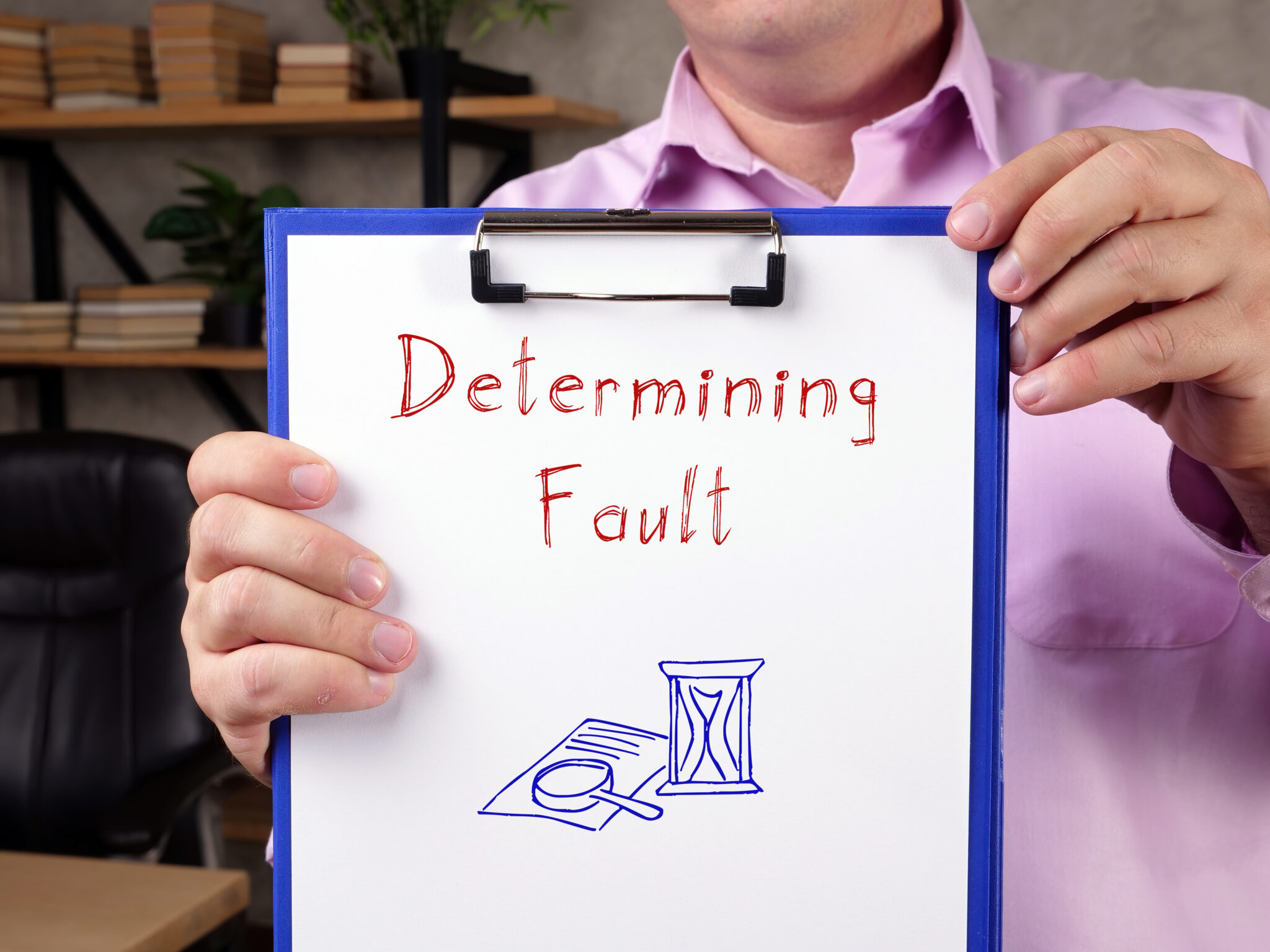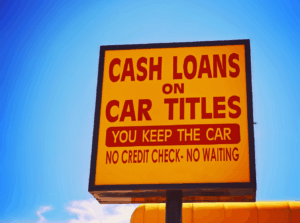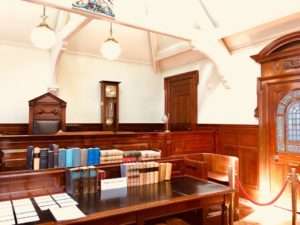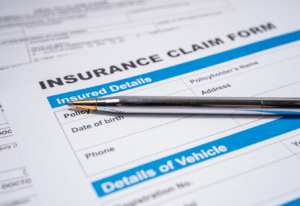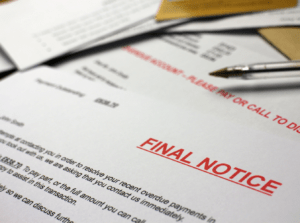After a car accident in North Carolina, one of the first and most important questions is: “Who was at fault?” This question is not just about assigning blame. It determines who is legally and financially responsible for the damages.
Because fault plays a central role in North Carolina accident claims, understanding how it is established can be challenging. The guidance of an experienced North Carolina car accident lawyer can be crucial in protecting your rights and pursuing compensation.
Whether your accident occurred on a busy Raleigh street like Capital Boulevard, a congested interstate in Charlotte, or a rural road near Fayetteville, the same principles for determining liability apply. If you are dealing with a car accident and have questions about your legal options, Maginnis Howard is here to help.
Contact our Raleigh office at (919) 526-0450 to speak with an experienced North Carolina car accident attorney.
Why Proving Fault Matters in North Carolina Car Accident Claims
In North Carolina, establishing who is at fault for a car accident is exceptionally important due to the state’s adherence to a strict legal doctrine. This doctrine significantly impacts your ability to recover compensation for your injuries and property damage. An experienced NC auto accident attorney understands these implications and how to build a case accordingly.
North Carolina Fault Laws in Car Accidents: What You Need to Know
North Carolina law dictates how fault affects recovery in a car accident claim. Unlike many states that use a comparative fault system, North Carolina’s approach can be unforgiving for an injured party found even slightly responsible.
This makes a thorough investigation and clear determination of fault paramount. Your lawyer for car accidents in NC meticulously examines all evidence to establish who was negligent.
Evidence Your NC Car Accident Lawyer Uses to Prove Fault
Determining who is at fault in a car accident isn’t a guessing game. It involves a careful review of all available evidence. Several key pieces of information are typically used by insurance companies, law enforcement, and attorneys to piece together what happened and who was negligent.
The Official Police Accident Report for Your NC Crash

One of the first documents your North Carolina car accident attorney will obtain is the official police report. Law enforcement officers who respond to an accident scene, whether it’s the Raleigh Police Department, the Mecklenburg County Sheriff’s Office, or the State Highway Patrol on I-95, are trained to document the details.
While the officer’s opinion on fault noted in the report is not legally binding in court, the report contains valuable factual information. This includes:
- Diagrams of the accident scene, showing vehicle positions and points of impact.
- Statements from drivers, passengers, and witnesses.
- Any traffic citations issued.
- The officer’s observations about road conditions, weather, and contributing factors.
Because of the detailed and objective information it contains, the official accident report often plays a key role in building a strong foundation for your injury claim.
Witness Statements After a North Carolina Auto Wreck
Independent eyewitness accounts can be incredibly persuasive. Witnesses who saw the accident unfold, perhaps from a nearby business in downtown Greensboro or another vehicle on a Wilmington bridge, can provide an objective perspective on what happened.
Their testimony might corroborate your version of events or contradict the other driver’s claims. Your lawyer for auto collisions in NC will work to identify and interview any available witnesses promptly, as memories can fade over time.
Physical Evidence from the North Carolina Accident Scene
The physical evidence left at the scene of a car crash in North Carolina can tell a significant story. This includes the location and extent of damage to the vehicles involved.
Skid marks on the roadway can indicate speed and braking patterns. Debris fields show the point of impact and the trajectory of vehicles post-collision. Photographs and videos taken at the scene immediately after the accident are invaluable for preserving this physical evidence before it’s cleared away.
Traffic Laws and Rules of the Road in North Carolina
Violations of North Carolina traffic laws often form the basis for determining fault. For example, if a driver runs a red light at an intersection in Durham and causes a T-bone collision, they have violated a traffic law (failure to obey a traffic signal).
This violation can be strong evidence of negligence. Common traffic violations that lead to accidents and indicate fault include:
- Speeding, as outlined in N.C. Gen. Stat. § 20-141.
- Following too closely (“tailgating”).
- Failure to yield the right-of-way.
- Making an improper turn or unsafe lane change.
- Driving under the influence (DUI) of alcohol or drugs.
Your North Carolina vehicle accident lawyer will analyze if any traffic laws were broken.
Common Fault Scenarios in North Carolina Car Accidents
While every accident is unique, certain common collision types often have clearer presumptions of fault. However, these are general guidelines, and a full investigation by your attorney is always necessary.
Rear-End Collisions in North Carolina
In most rear-end collisions across North Carolina, there is a strong presumption that the driver of the rear vehicle is at fault. This is because drivers have a duty to maintain a safe following distance and be prepared to stop.
However, there can be exceptions, such as if the lead driver suddenly slammed on their brakes for no reason or had non-functioning brake lights.
Left-Turn Accidents at NC Intersections
Accidents that occur when one vehicle is making a left turn at an intersection, perhaps at a busy crossroads in Winston-Salem or a smaller town along the coast, often result in the turning vehicle being found at fault.
Drivers making a left turn generally have a duty to yield to oncoming traffic. However, if the oncoming vehicle was speeding excessively or ran a red light, fault might be shared or shifted.
Lane Change and Sideswipe Accidents on North Carolina Roads
When a vehicle changes lanes and collides with a vehicle already in that lane, the driver who made the lane change is often considered at fault. This typically stems from a failure to check blind spots or ensure the lane was clear before moving over, a common issue on multi-lane highways like I-77 or I-485 around Charlotte.
Accidents at Stop Signs and Traffic Signals in North Carolina
If a driver fails to stop at a stop sign or runs a red light, and an accident results, that driver is usually found at fault for violating traffic control signals. Evidence from traffic cameras, if available from municipalities like Asheville or Cary, or witness testimony can be crucial in these cases.
How NC Car Accident Lawyers Investigate Fault
Simply stating the other driver was at fault isn’t enough. A skilled North Carolina personal injury lawyer specializing in car accidents takes proactive steps to investigate the crash and build a strong case demonstrating the other party’s negligence.
Gathering and Analyzing All Available Evidence for Your NC Claim
Your attorney will collect all relevant evidence, including the police report, witness statements, photos, videos, and your medical records. They may also access data from the black box or Event Data Recorder (EDR) in the vehicles involved, which can provide information about speed, braking, and steering immediately before impact. Understanding this data can be key to proving how the accident happened.
Consulting with Experts When Necessary for Your North Carolina Collision Case
In complex cases, your North Carolina auto accident attorney might consult with experts. Accident reconstruction specialists can analyze the physical evidence and data to create a scientific explanation of how the crash occurred.
Medical experts can explain the nature and extent of your injuries and how they relate to the impact. Engineers might be needed if a vehicle defect is suspected.
Identifying All Potentially At-Fault Parties in Your NC Wreck
Sometimes, more than one party might share responsibility for an accident. For example, if a commercial truck driver causes an accident due to fatigue, both the driver and their trucking company might be liable.
Or, if a defective auto part contributed to the crash, the vehicle or part manufacturer could be a party. A thorough lawyer explores all avenues of potential liability.
The Critical Role of Fault in Your North Carolina Compensation Claim: Why It Matters
Understanding and proving fault is absolutely essential if you intend to seek compensation for your injuries and damages after a car accident in North Carolina. This determination significantly influences the outcome of your claim.
North Carolina’s Approach to Fault in Auto Accidents and Its Impact
North Carolina law requires a clear showing of another party’s negligence to successfully pursue compensation. If questions about who caused the accident arise, it can create significant hurdles for an injured person.
This is why it’s incredibly important to have an attorney who can build a strong case demonstrating the other driver’s fault. General information can be found through resources like the North Carolina Department of Insurance, but specific legal interpretation for your case requires a lawyer.
How Proving the Other Driver Was At Fault Impacts Your Recovery
Because of North Carolina’s fault laws, your ability to obtain a settlement or win a court award hinges on proving that the other driver was entirely at fault for the accident.
If you cannot clearly prove that the other party was at fault, or if you are found to share any blame, you could lose your right to recover compensation for medical bills, lost income, pain and suffering, or vehicle repairs.
This is why a thorough investigation and strong legal representation from a North Carolina car accident lawyer are so important.
Navigating Fault and Your North Carolina Car Accident Claim: Let Us Help

Determining fault in a car accident is rarely a simple matter. It requires a detailed understanding of North Carolina traffic laws, a thorough investigation of the facts, and the ability to counter arguments from insurance companies that may try to shift blame.
You do not have to face this complex process alone while also trying to recover from your injuries. The team at Maginnis Howard is dedicated to helping North Carolinians understand their rights and pursue the financial recovery they may be entitled to. We work tirelessly to establish fault and build the strongest possible case on your behalf.
If you’ve been injured in a car accident in North Carolina and have questions about who was at fault, don’t delay in seeking experienced legal guidance. Understanding your options is the first step.
Contact us today at (919) 526-0450 for a free, no-obligation consultation with an experienced North Carolina personal injury lawyer. We are here to listen and help you determine the best path forward.
FAQs for North Carolina Car Accident Lawyer
What if the police report says I was at fault for the North Carolina accident?
While a police report is important evidence, the officer’s opinion on fault is not legally binding. An experienced North Carolina car accident lawyer can conduct an independent investigation and may find evidence that contradicts the police report or shows the other driver was actually at fault.
How does “no-doubt liability” work in North Carolina car accidents?
“No-doubt liability” isn’t a formal legal term in NC, but it generally refers to situations where fault is very clear, such as many rear-end collisions. However, even in these cases, insurance companies might still try to argue certain points, so legal counsel is still advisable.
What if both drivers are blaming each other for the NC car crash?
This is common. In such situations, a detailed investigation by your attorney is crucial to gather evidence that supports your version of events and establishes the other driver’s negligence. Witness testimony, physical evidence, and expert analysis can be key.
How does a North Carolina car accident lawyer prove the other driver was distracted?
Proving distracted driving can be challenging but may involve obtaining cell phone records (if legally permissible and relevant), witness testimony about the driver’s behavior before the crash, or admissions made by the driver.
What if there were no witnesses to my North Carolina car accident?
Even if no one else saw the crash, you may still be able to prove the other driver was at fault. In the absence of eyewitnesses, your attorney can rely on other forms of evidence such as the police report, photographs or video footage from nearby surveillance or traffic cameras, vehicle damage, skid marks, and data from the vehicles’ Event Data Recorders (EDRs). A skilled North Carolina car accident lawyer can piece together these details to reconstruct what happened and support your claim for compensation.

